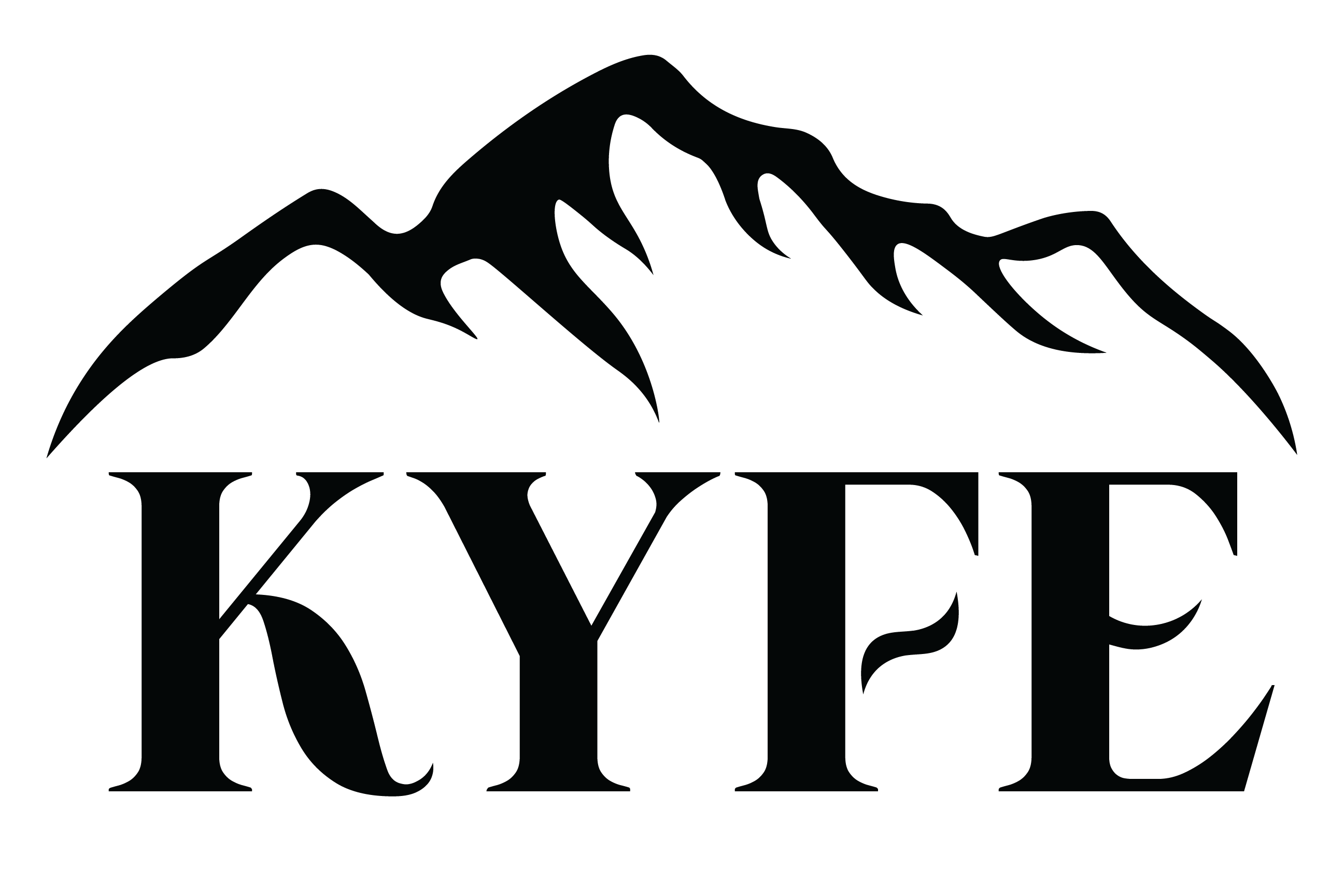A sinus infection can take a perfectly planned day and grind it to a halt. The heaviness behind your eyes, the stubborn congestion that refuses to clear, and the constant fatigue all make it hard to function. People dealing with sinus infection symptoms often look for ways to feel better faster, and many have heard about sauna's benefits for congestion and respiratory health. The question is, is sauna good for sinus infection recovery? Modern research shows that certain types of heat therapy, particularly steam saunas, can provide temporary relief for blocked nasal passages, ease inflammation in the sinus cavities, and support the healing process. While sauna use is not a substitute for medical treatment, it can be a safe and effective complementary practice when approached thoughtfully.
At Kyfe, we specialize in traditional saunas built for the outdoors, powered by a wood-burning stove, and designed to produce rich, moist heat. This creates an environment similar to a steam room, which can be especially soothing for sinus congestion. In this guide, we explore how different sauna types, particularly infrared saunas and steam saunas, affect sinus infection relief, how to use sauna heat safely when sick, and why the authentic steam from a Kyfe Sauna offers a more immersive experience than dry heat or infrared light.
Understanding Sinus Infections

How Sinus Infections Develop
The sinuses are hollow spaces in the skull lined with mucous membranes. They include several nasal cavities located behind the cheeks, forehead, and around the eyes. In a healthy state, these sinuses help filter air, trap particles, and maintain humidity in the nasal passages. However, when the membranes swell from irritation or infection, they can trap mucus and create pressure. This condition is called sinusitis, and in some cases chronic sinusitis, when symptoms persist over twelve weeks.
Causes and Risk Factors
A sinus infection can be triggered by viruses, bacteria, or, in rare cases, fungi. Seasonal allergies, structural issues in the nasal passages, and environmental irritants like pollution can also contribute. A stuffy nose from a common cold can lead to blocked sinus cavities, setting the stage for infection. Poor indoor air quality, lack of humidity, or untreated allergic rhinitis can make sinus problems more frequent.
Sinus Infection Symptoms
Common sinus infection symptoms include nasal congestion, facial pain or pressure, postnasal drip, nasal discharge that may be discolored, reduced sense of smell, and bad breath. In bacterial cases, fever and more severe discomfort can occur. Many people also experience fatigue, difficulty breathing through the nose, and headaches. Chronic sinusitis can lead to long-term inflammation and recurring sinus symptoms.
How Saunas Affect the Body
Heat, Humidity, and Circulation
Saunas work by raising body temperature and triggering physiological changes. As sauna heat warms the body, blood vessels dilate, increasing blood flow to tissues, including the sinus cavities. This improved circulation can help reduce inflammation and swelling in the mucous membranes, making it easier to breathe. Moist heat from steam saunas adds another layer of benefit by directly hydrating and soothing nasal passages.
Comparing Sauna Types
There are important differences between traditional saunas, infrared saunas, and steam rooms. Traditional saunas, like Kyfe’s wood-burning models, heat the air and use sauna rocks to create steam when water is poured over them. Steam saunas, similar to steam rooms, operate at lower temperatures but 100% humidity, which can feel more intense for breathing comfort. Infrared saunas use infrared light to heat the body directly without raising the surrounding air temperature as much. While infrared saunas can promote relaxation and increased blood flow, steam environments may be more effective for sinus congestion because they provide moist heat.
Sauna Bathing and Respiratory Response
Sauna bathing has been shown to support respiratory function in people with conditions like asthma and bronchitis. For sinus infections, the heat and humidity can loosen mucus, open nasal passages, and provide temporary relief from pressure. Even a single sauna session can help someone breathe more freely, though repeated sessions may offer more sustained sinus relief when done safely.
Potential Benefits of Sauna for Sinus Infection Relief
Steam as a Natural Decongestant
Moist heat from steam saunas and steam rooms thins mucus, allowing it to drain more easily from the sinus cavities. This can provide temporary relief from sinus congestion and make it easier to clear nasal passages. People often feel instant relief from the heaviness in their head after a steam-rich sauna session.
Improved Blood Flow and Reduced Inflammation
Heat therapy increases blood flow, delivering oxygen and nutrients to inflamed sinus tissues. This circulation boost supports the healing process and may help reduce inflammation more quickly. Consistent sauna use during recovery may promote faster healing and reduced discomfort.
Supporting the Immune System
While saunas are not a cure for infection, they can stimulate the immune system through short-term heat stress. This may improve the body’s ability to fight off pathogens and support overall well being. The relaxation and improved breathing after a sauna session can also help restore energy levels.
Relief for Chronic Sinusitis and Related Symptoms
People with chronic sinusitis often deal with ongoing swelling and mucus buildup. A sauna for sinus infection relief, particularly in a steam environment, can be a helpful addition to a routine that includes other natural remedies like saline rinses or using a neti pot. Combining these practices may provide much needed relief and help maintain clear nasal passages.
Risks, Limitations, and When to Avoid Sauna Use

Not a Substitute for Medical Treatment
Even though sauna’s benefits for congestion are real, they do not replace antibiotics or other medical treatment prescribed by a doctor for bacterial sinus infections. A sauna can provide temporary relief and support recovery, but it will not directly treat the underlying infection.
Who Should Avoid Sauna Use
Certain groups should not use saunas when sick. People with fever, uncontrolled high blood pressure, severe cardiovascular conditions, or heat intolerance should avoid sauna bathing. Pregnant women, children under 18, and elderly individuals should also skip sauna sessions during illness. If you feel dizzy, have difficulty breathing, or notice worsening symptoms, exit the sauna immediately.
Dehydration and Overheating
Saunas increase body temperature, which can lead to dehydration if you do not drink plenty of fluids before and after your sauna session. Limit each round to 15–20 minutes, take breaks, and monitor how your body feels. Overheating can delay the healing process and increase discomfort.
How to Use Sauna Safely for Sinus Relief
Creating the Ideal Environment
For sinus infection relief, a steam sauna or steam room is generally more effective than dry sauna environments or infrared light alone. Kyfe’s wood-burning sauna reaches over 200°F while generating rich steam for deep, soothing moist heat. This environment hydrates nasal passages, loosens mucus, and promotes improved breathing.
Step-by-Step Sinus-Friendly Sauna Session
-
Hydrate before entering. Drink plenty of water to prepare for heat therapy.
-
Begin with 10 to 15 minutes inside the sauna to see how your body responds.
-
Sprinkle water slowly over sauna rocks to create bursts of steam.
-
Inhale deeply through your nose to bring warm, moist air into the sinuses.
-
Take a short break outside or under a cold shower between rounds.
-
Repeat as needed for sinus relief, always listening to your body.
Enhancing the Healing Process
Adding diluted eucalyptus or peppermint essential oils to your sauna water can enhance the decongestant effect. Position yourself in the sauna so steam reaches your face without overwhelming heat. Pairing sauna bathing with other supportive practices like rest, proper hydration, and gentle nasal rinsing can promote faster healing.
Kyfe Sauna and the Outdoor Advantage

Authentic Finnish Heat Anywhere
Kyfe’s portable, full-size wood-burning saunas are built for creating the ultimate steam environment for sinus relief. Unlike many infrared saunas or dry sauna setups, our design allows you to pour water over heated rocks to generate a steam room effect outdoors. This combination of high heat and humidity delivers all the benefits of traditional saunas in a portable form.
Why Outdoor Saunas Feel Better for Congestion
Using a sauna outdoors means your cooldowns take place in fresh air, which can help open nasal passages and clear lingering mucus. Fresh, oxygen-rich air after a sauna session supports the healing process and reduces the stuffy feeling that can linger after indoor steam rooms.
Making Sauna Part of Your Wellness Routine
Incorporating regular sauna sessions into your lifestyle can help maintain sinus health year-round. For those prone to sinus infection symptoms or seasonal sinus congestion, combining sauna use with other preventive measures may reduce the frequency of flare-ups and improve overall well being.
Frequently Asked Is Sauna Good for Sinus Infection Questions
Can sauna cure a sinus infection?
No, but it can provide temporary relief from sinus congestion, reduce inflammation, and support the healing process alongside medical treatment.
Is steam or dry sauna better for congestion?
Steam saunas and steam rooms are generally better for sinus relief because moist heat hydrates and soothes nasal passages.
How often can I use a sauna for sinus infection relief?
Several sessions per week can be helpful, but listen to your body and rest as needed.
Is it safe to use a sauna with a fever?
No, avoid sauna bathing when you have a fever or severe symptoms.
Can children use a sauna for sinus problems?
Kyfe recommends avoiding sauna use for anyone under 18.
What essential oils are safe in a sauna?
Diluted eucalyptus or peppermint oil can be used in moderation.
Conclusion
So, is sauna good for sinus infection recovery? While not a cure, sauna use, especially in a steam-rich environment, can provide temporary relief from nasal congestion, promote blood flow to the sinuses, and support the healing process. The moist heat from steam saunas and traditional saunas like Kyfe’s wood-burning models offers a more effective experience than dry heat or infrared light when it comes to sinus symptoms. By creating the right sauna environment, following safety guidelines, and combining sessions with hydration and rest, you can enjoy all the benefits of heat therapy while easing discomfort. When used wisely, sauna bathing can help you breathe freely again, reduce inflammation, and feel the much needed relief that makes recovery smoother. Explore Kyfe Sauna and discover how an authentic outdoor steam experience can become your go-to natural remedy for sinus relief.



Does Sauna Help with Hangover? The Truth, Risks, and How to Use Heat Therapy Safely
Is Sweating Good for Your Heart? The Science, Benefits, and Best Practices